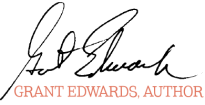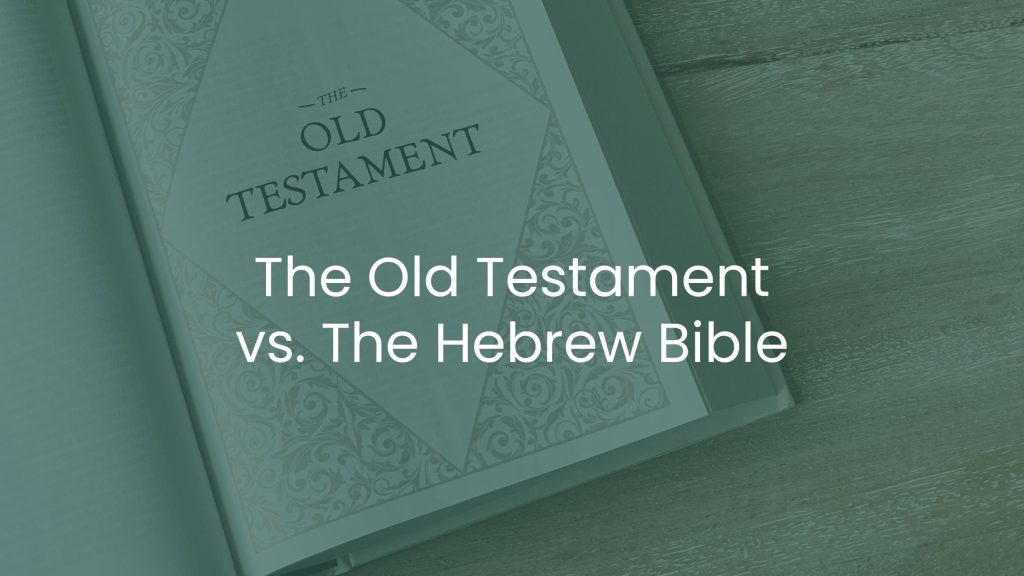|
Getting your Trinity Audio player ready...
|
This should not be shocking, but the Jews don’t use the phrase “Old Testament.” Instead, most Jews today use the terms “Hebrew Bible” or the “Tenakh” (explained in a moment).
Also, did you know that the Hebrew Bible comprises only 24 books, while our Protestant Old Testament (OT) contains 39 books? Why? The Hebrew Bible has three sections: The Torah containing the first five books of the OT; the Nevi’im including Joshua, Judges, 1 & 2 Samuel (as one book), 1 & 2 Kings (as one book), Isaiah, Jeremiah, Ezekiel and the other twelve prophets (as one book); and finally the Ketuvim with Psalms, Proverbs, The Song of Songs, Ruth, Lamentations, Ecclesiastes, Esther, Daniel, Ezra and Nehemiah (all as one book) and 1 & 2 Chronicles (as one book).
Due to the scroll length, when the Hebrew Scriptures were translated into the Greek Septuagint in the 2nd and 3rd centuries B.C., scholars divided the larger books into 1st and 2nd Samuel, 1 & 2 Kings, 1 & 2 Chronicles, which are now found in the Septuagint and the Christian Bible.
The authors of the New Testament didn’t use the phrase “Old Testament” to refer to the Hebrew Bible; instead, they used “graphe” or “scripture,” with “graphe” appearing about 50 times in the New Testament.
Hopefully, without too much confusion, let me explain the differing names, through the centuries, for our Old Testament:
Mikra: The ancients called Scripture (OT) the Mikra, which means “that which is read.”
Scripture and Old Testament: Early Christians first referred to our OT as “scripture,” translated from the Greek word “graphe,” which meant “that which is written*,” and not until early in the second century A.D. did they begin using the terms “Old Testament” and “New Testament.”
Now we know what the Apostle Paul meant when he wrote …
For whatever was written in former days was written for our instruction, that through endurance and through the encouragement of the Scriptures we might have hope (Romans 15:4, ESV).
The Tenakh: Becoming popular with the Jewish religion in the Middle Ages because it’s an acronym for the three sections of their bible (OT) — Torah (Books of Law), Nevi’im (Books of Prophets), and Ketuvim (the rest of the writings). Hebrew doesn’t have consonants like Western languages, so TNK would have been pronounced “Tenakh.”
The Hebrew Bible: Most contemporary Jews prefer to refer to our Old Testament as the “Hebrew Bible.” They also still use the “Tenakh.”
Let’s read Luke 24:44, considering everything that you have just learned …
Then he [Jesus] said to them, “These are my words that I spoke to you while I was still with you, that everything written about me in the Law of Moses and the Prophets and the Psalms must be fulfilled” (Luke 24:44).
In this verse, Jesus referred to the three sections of the Mikra (most commonly used term at that time for our OT): Law (Torah), Prophets (Nevi’im), and Psalms (Ketuvim). I’m always amazed (and you should be too) at the accuracy of historical details in our New Testament!!
As the New Testament developed from divine inspiration through men moved by the Spirit, Christians found themselves with the Mikra (from the Jews, but still considered inspired) and the writings of the New Testament (from the Apostles and those associated with them), thus necessitating the distinction between the Old and New Testaments.
I think that Paul was both referring to the Old Testament and the New Testament (of which he was writing significant portions) when he wrote …
All Scripture is breathed out by God and profitable for teaching, for reproof, for correction, and for training in righteousness (2 Timothy 3:16).
Now you know the difference between our Old Testament and the Hebrew Bible (the same thing, but divided in a unique way)!
Thank you, Old Guy (Old Guy — that’s me, and no, I wasn’t around when the OT was written.)!
*The Hebrew word “Mikra” means “that which is read,” while the New Testament word
“graphe” means “that which is written.” The two prophetically indicate an upcoming
shift from only scrolls read in the Synagogue, to everyone today having their own written Bible.

